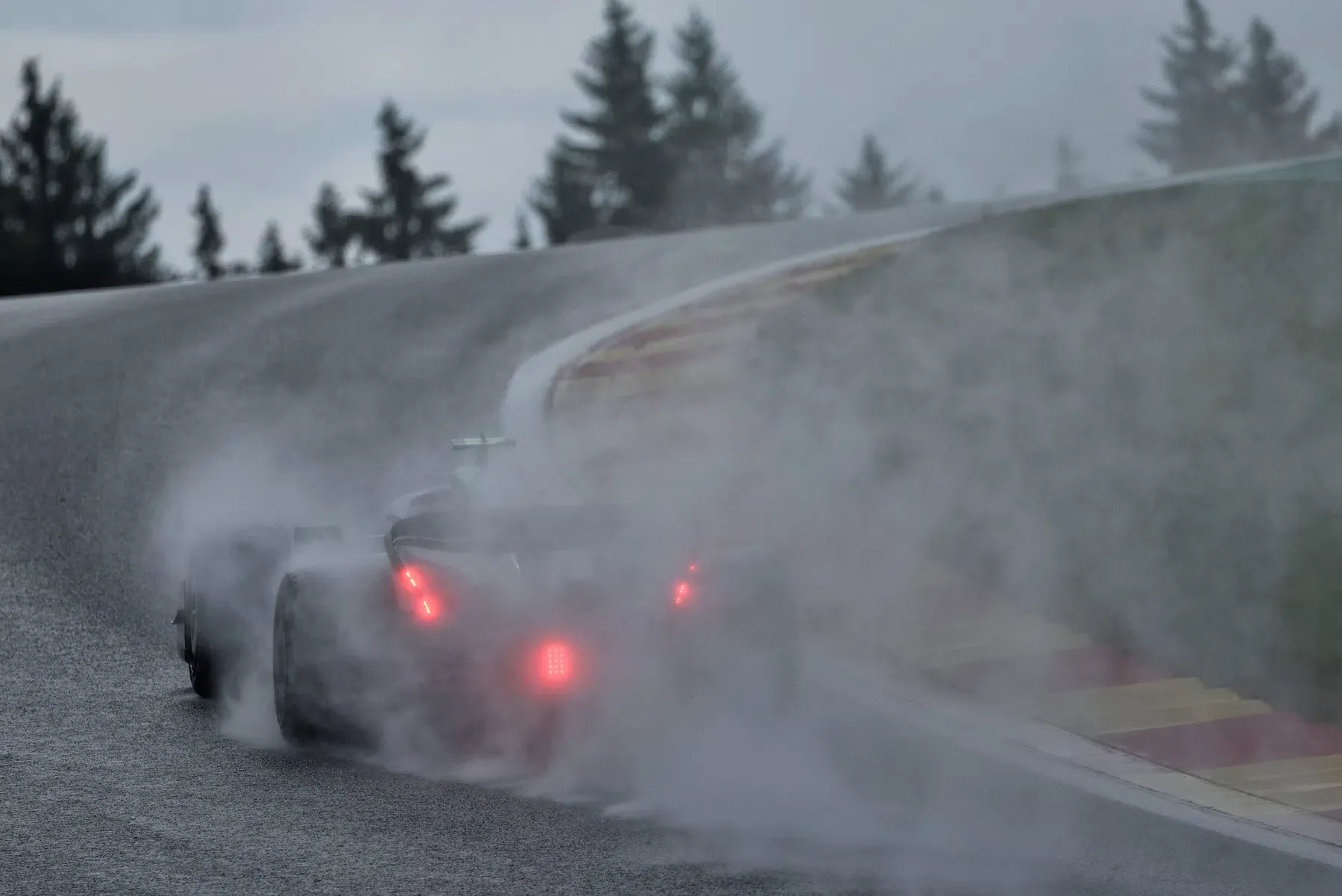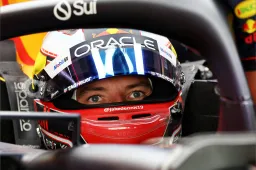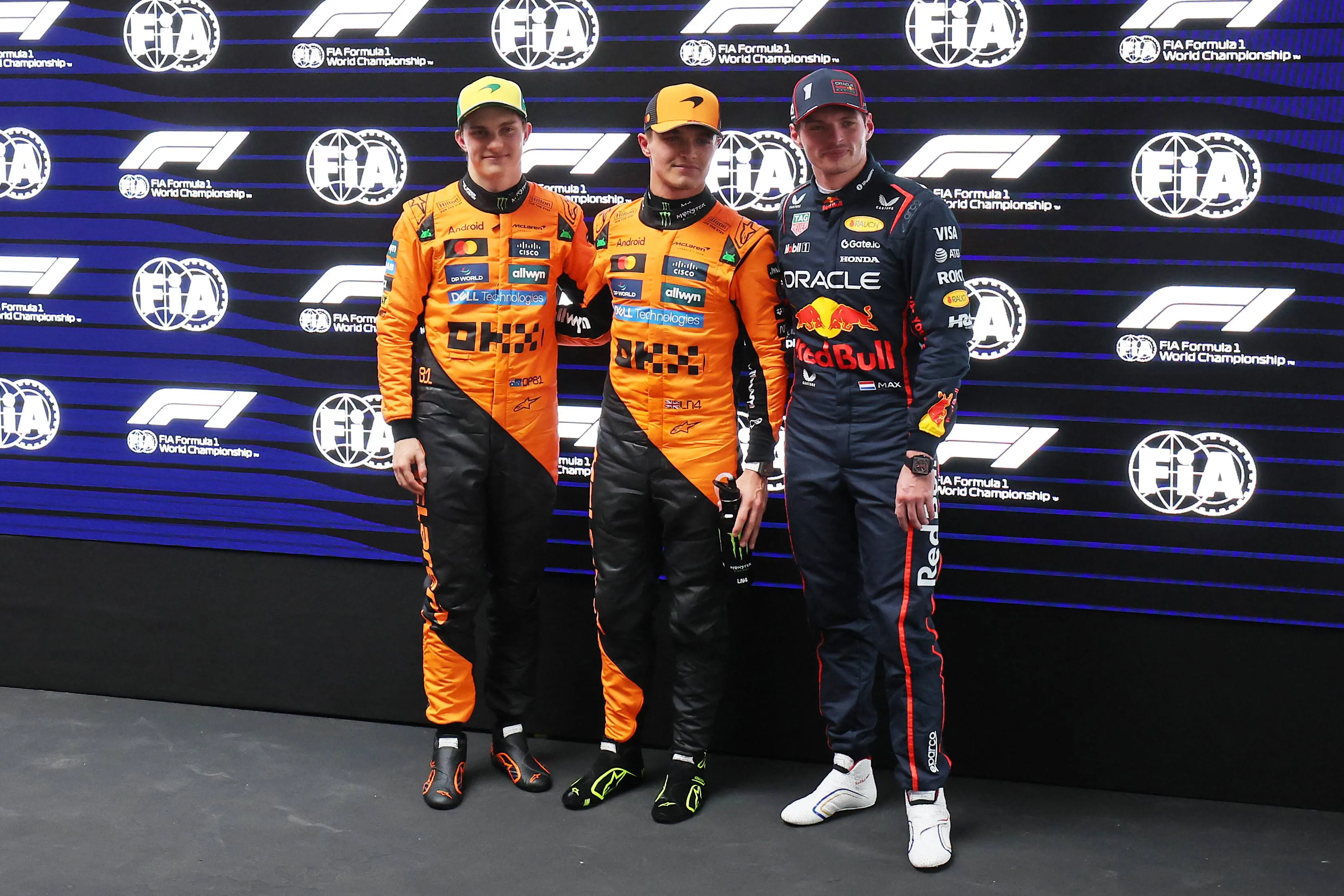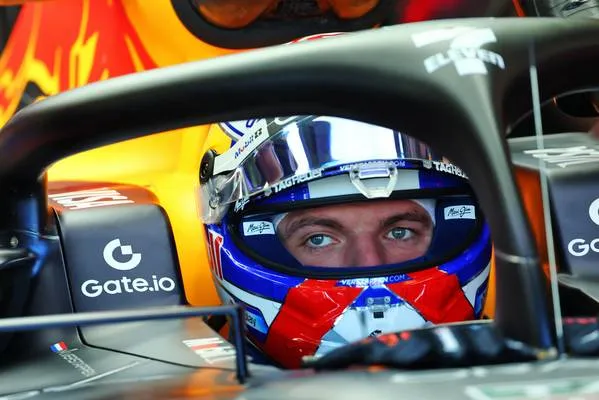Formula 1 is working on a new development to reduce the spray of water coming from under the cars. They want to do this by putting covers around the wheels in wet weather. The testing of these parts has only been postponed for cost reasons.
The spray creates poor visibility for the drivers, which in turn creates dangerous situations and a lot of delayed sessions. The new concept was tested at Silverstone earlier this year but did not have the desired results. Another test was due to take place last month but was postponed to next May at the request of the teams due to all the logistical challenges at the end of the season and cost implications.
FIA single-seater director Nikolas Tombazis told Motorsport.com that they are happy to listen to the teams on how the tests should be conducted. ''Obviously, for these tests, we get support from the teams who do the work, we don't have cars ourselves. The work that had been planned was going to happen around early November, but parts availability and production capacity of the teams involved meant they would have had to get everything supplied externally - and that would have been very expensive. So, they asked whether they could delay the test until the spring to cut the cost out of it. We thought that was sensible. From a technical point of view would have preferred to have done it already, of course, if it wasn't too expensive.”
Diffuser or wheels the problem?
According to the director, it is impossible to produce covers that completely prevent splashing water, but there is considerable room for improvement. Crucial in this situation is gaining a better understanding of the amount of spray thrown up by the diffuser of current ground-effect cars. ''What we still have a doubt about is what proportion is due to the overall diffuser and sucking the water from the track, which is something clearly this thing won't fix, and how much of it is because of the wheels'', he explains.
If the tests in May show that covers over the wheels are not the solution against spray from the cars, then a different course of action needs to be taken to fix it. If the tests are successful, we could start seeing this solution in action as early as 2025 or 2026.
Popular on GPBlog

Chaos at Red Bull only grows: Tsunoda distrusts Verstappen and where is Marko?

Tsunoda on Verstappen help: 'He wouldn't tell the truth'

Hamilton in jibe at Red Bull: 'Not surprised to see from them'











